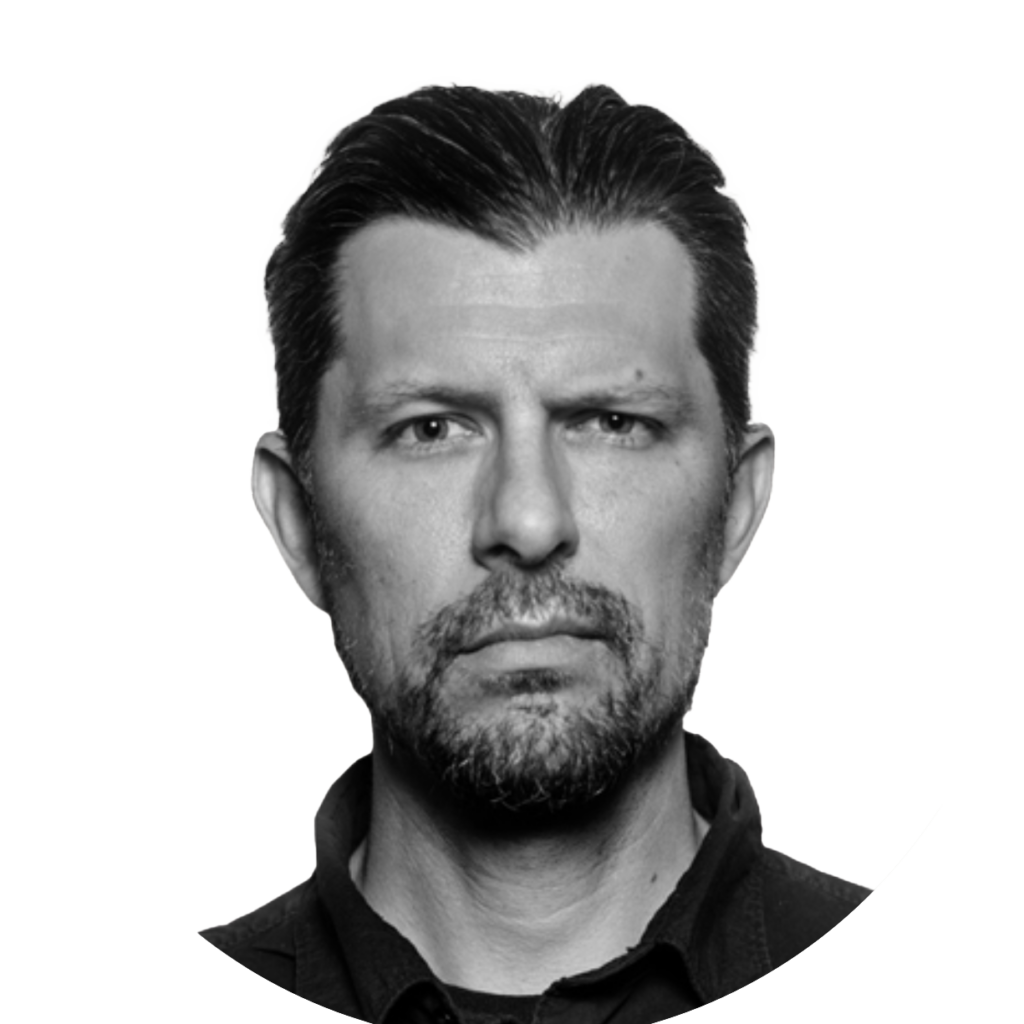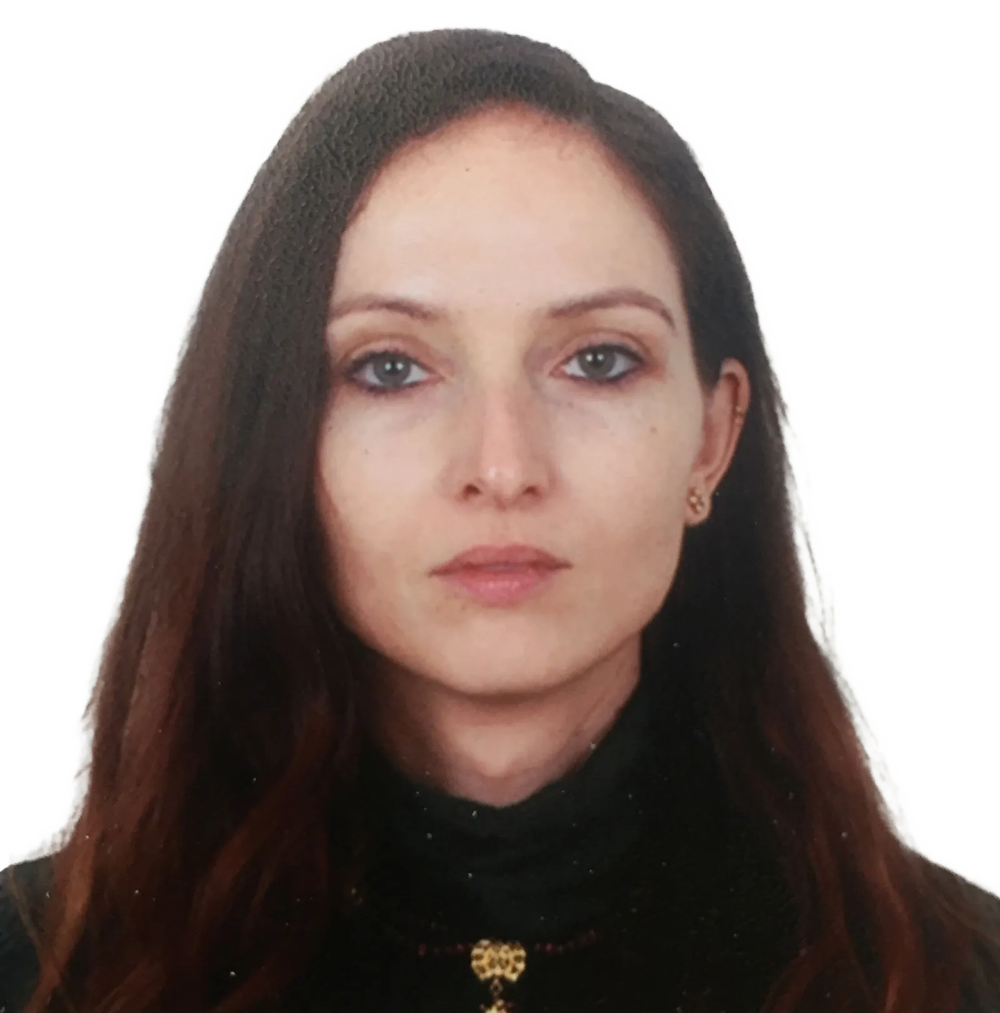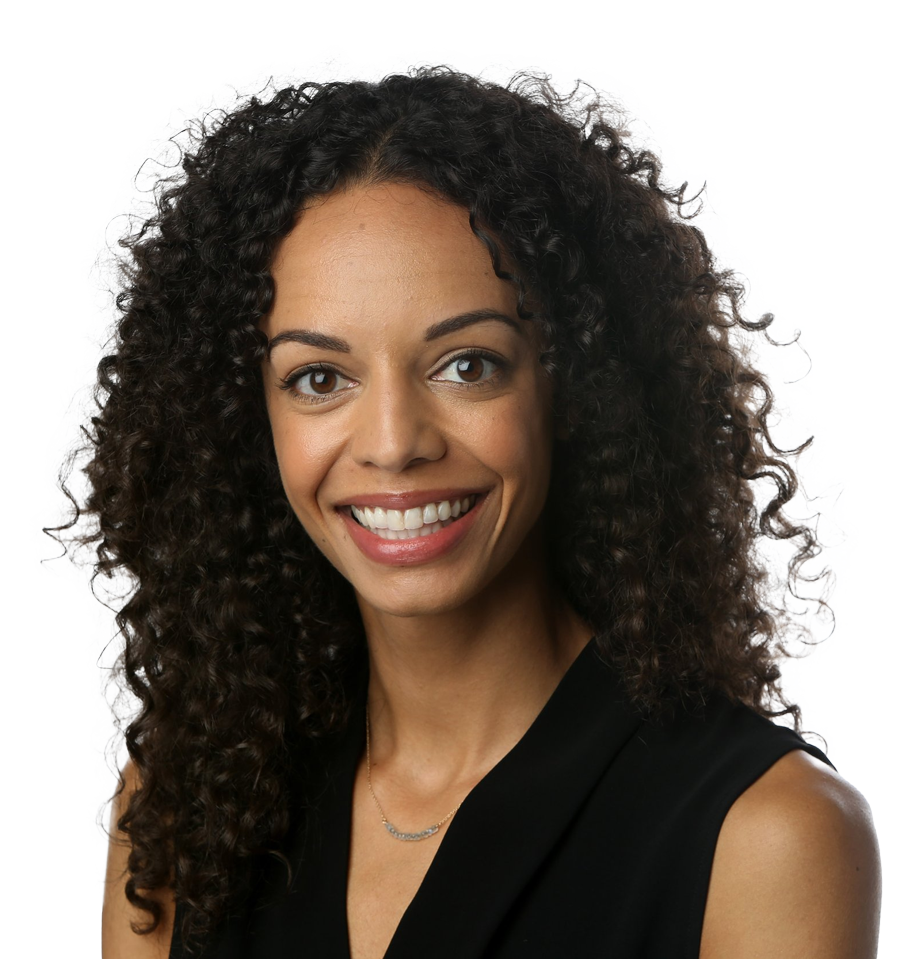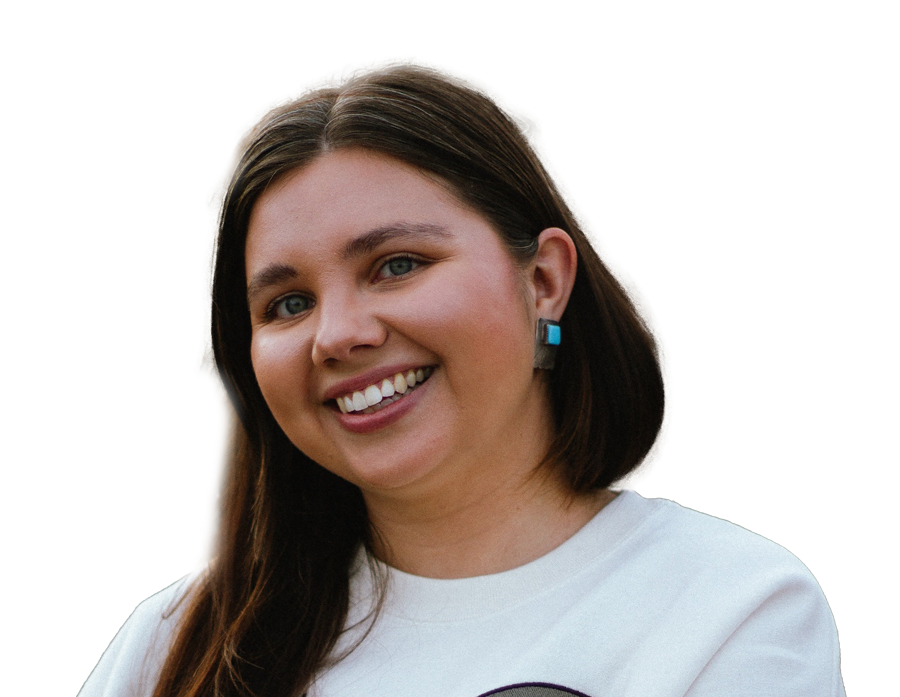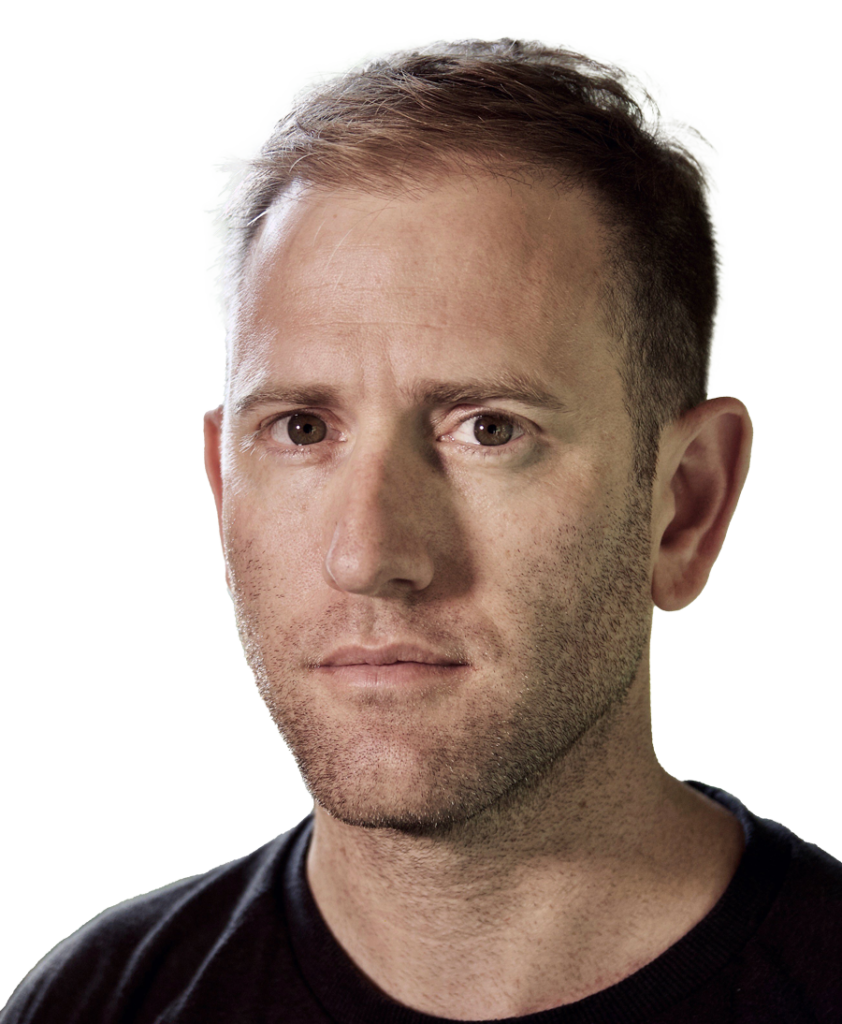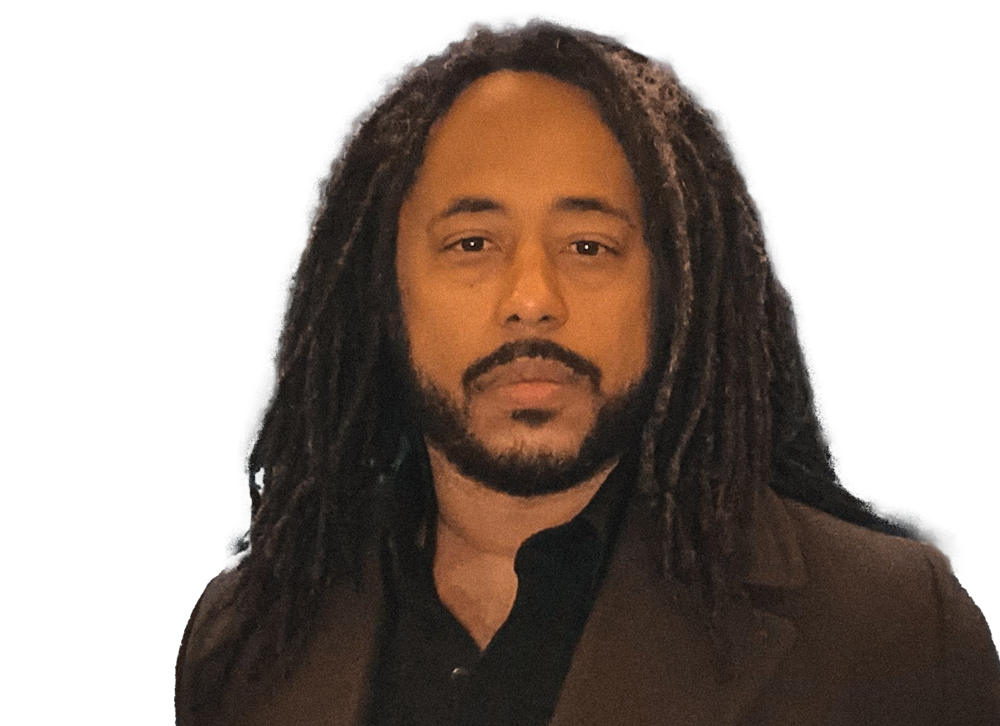This interview has been condensed and edited for clarity.
How did you become a photojournalist?
It was a pretty circuitous path. I started out as an art major in college, then switched to history. After college I got a manual 35mm camera and started taking black and white pictures of my friends and our adventures. I did this for years, until I kind of stumbled over photojournalism. I didn’t have any clue how to become a photographer, and I didn’t know anything about the news business. I thought you just started a project and went from there. So I headed down to Guatemala, where I had traveled to study Spanish, and I lived in a small community for three months taking pictures and trying to figure it out. The next year I went back down and tried to cover a presidential election. At that point I was lucky enough to meet and work alongside an amazing contingent of Guatemalan and Latin American photographers who took me under their wings and showed me the ropes.
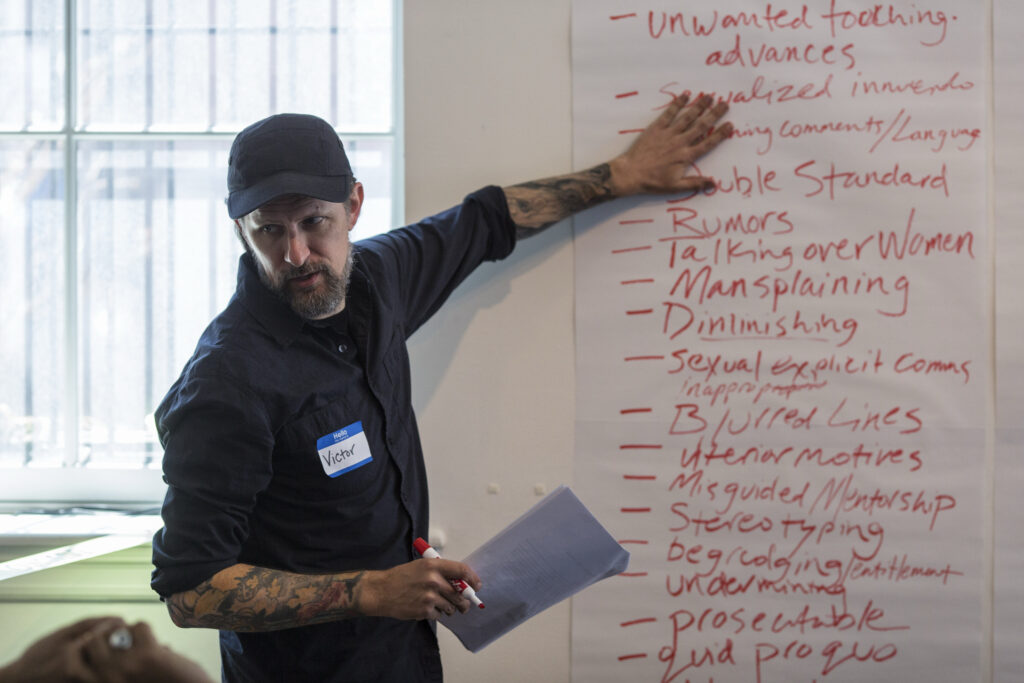
After a time, I returned to the U.S. and tried to start carving out a living as a freelance photographer. I wasn’t learning fast enough and knew I needed the rigor of a staff job. After a few years I was hired by a midsize paper, The Record, in Stockton, California, and I really loved working there. Every major issue facing our society was playing out in Stockton, and having a daily, visual conversation with the thousands of readers of the paper helped me to realize the great responsibility I had to them and to accurately reflect our community. I did that for three years until I realized I needed a new challenge to push my work further, and I went to graduate school at Ohio University to get a master’s in Visual Communication. The cohort my colleagues and I formed there was very close and supportive, and we maintain it still.
After two years I didn’t know what to do next. A couple of editors told me I should come to New York, and I did. I’ve lived and worked here ever since. I’ve always had a pretty mixed practice—covering news, doing enterprise stories of my own, working on long-term projects locally, nationally, and internationally. I always think of myself as a community journalist no matter which context I’m working in. And I’m stubborn, so I’ve kept at it. An old friend of mine wrote to me recently pondering the question of how I came to this work. He wondered, “Was it the craft you have chosen…or maybe the craft chose you?” I had to kind of think about that one.
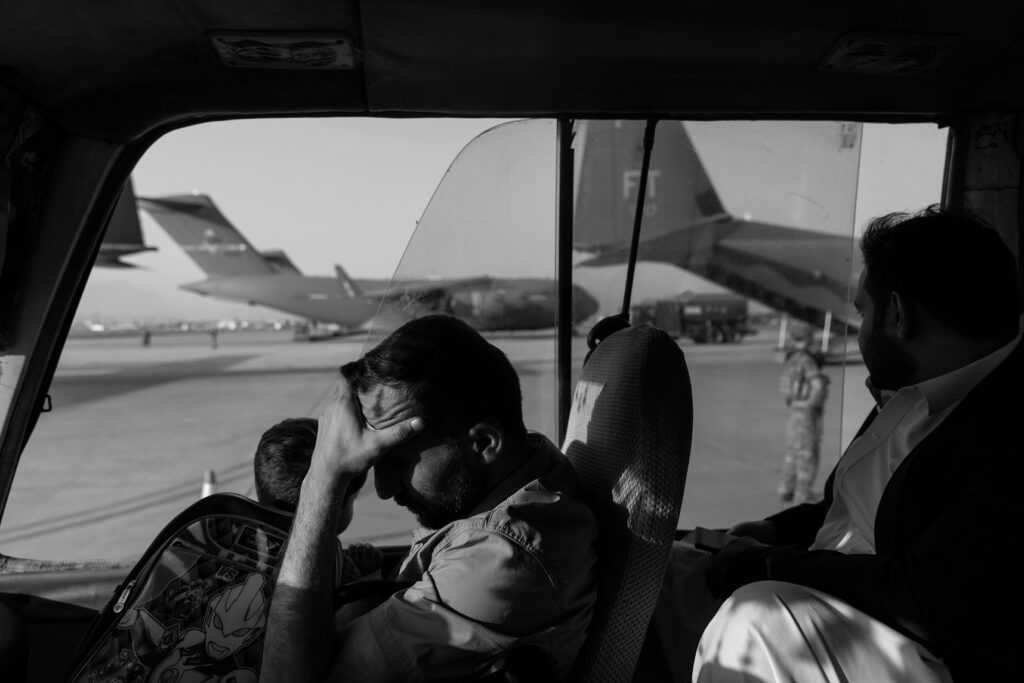
You once said of your love of journalism, “You could cut me and I would bleed ink.” What is it about your profession that continues to draw you to this field?
I really appreciate the positionality. I’m comfortable in the role I play as a witness and interlocutor, trying to work independently from commercial or ideological considerations. I know it’s a term that has largely fallen out of favor because I think it’s misunderstood, but I strive for objectivity in my work. My journalism is not an expression of my personal politics, it’s an expression of my values. I am not interested in telling people what to think; I just want them to think. Their conclusions are up to them. My job is not to “create change,” it’s to provide people the information they need to understand their world, and make decisions about how to live their lives, who to vote for, and what kind of community they want to live in. I believe that is a far more valuable use of my time than direct advocacy.
And despite all their failings and shortcomings and pecados over the decades, I still feel like newspapers, magazines, and books are the best places to do that. I just get so psyched to make pictures about the world and publish them. The forms of communication that have sprung up to replace editorial publications, or destroy them, don’t operate that way. They aren’t designed to deliver facts. They are organized around other priorities, and I usually find those priorities at cross purposes to my own.
I’ve had people ask if I feel constrained by the journalistic ethics I work with—I always think that’s such a weird question. It’s the opposite. I find the ethical dimension of this work liberating. Photographs mark time in our human story, and we need pictures we can believe in. Working in this way endows the pictures with a veracity that is key to their meaning, and their value for viewers in a way that art cannot. For photojournalism, integrity is not an ancillary concern—it is the defining aspect of the work. It determines if it succeeds or fails.
With your work, what are you trying to convey to ordinary Americans about the war in Afghanistan?
I want people to understand that the war was misguided from the beginning. I was driven to create a visual record of the expression of the ideas and doctrines that they heard their political and military leaders claim would bring victory and align with their country’s interests. The falsity of their proposition was staggering, and I think that when Americans see these ideas in action, it makes it easier to understand them. My hope is that people realize what a waste all of it was, and think twice when the next official tries to convince them to grant them their support for the application of violence.
I am in the business of providing intellectual armor—facts—for everyday folks that they can use to defend against the false promises of their leaders and instill a bit of skepticism and reflection. But specifically, I want them to see the people caught up in circumstances beyond their control, and to engage their moral imagination to ask, “Wow, these folks aren’t so different from me. Why did my country fight there for so long? What was the reason? Was it worth the damage, and the lives it cost?”
The renowned World War II war correspondent Ernie Pyle observed, “War makes strange giant creatures out of us little routine men who inhabit the Earth.” How have your experiences in conflict zones transformed you?
It’s hard to explain. Any way I answer this is going to sound weird. I read Pyle’s Brave Men, and it had a big impact on me. He has another passage I love, about the eve of the invasion of Sicily: “Even the dizziest of us knew that before long many of us stood an excellent chance of being in this world no more. I don’t believe one of us was afraid of the physical part of dying. That isn’t the way it is. The emotion is rather one of almost desperate reluctance to give up the future.”
That’s the most accurate description I’ve ever read of the anticipation of violence. That reluctance, it’s given me insight and perspective about life and what it means to live it and lose it that seems uncommon. I really, really value that. On the one hand I wish I could have come by it by some other means, but then I feel strongly that the work of accompanying people through the worst this world has to offer is an act of solidarity, and I am proud to do that. When you serve as a witness and document those experiences with people, you understand loss and get some idea what’s at stake. So yeah. It’s provided me a depth of understanding that I wouldn’t have otherwise had and I’m grateful for that.
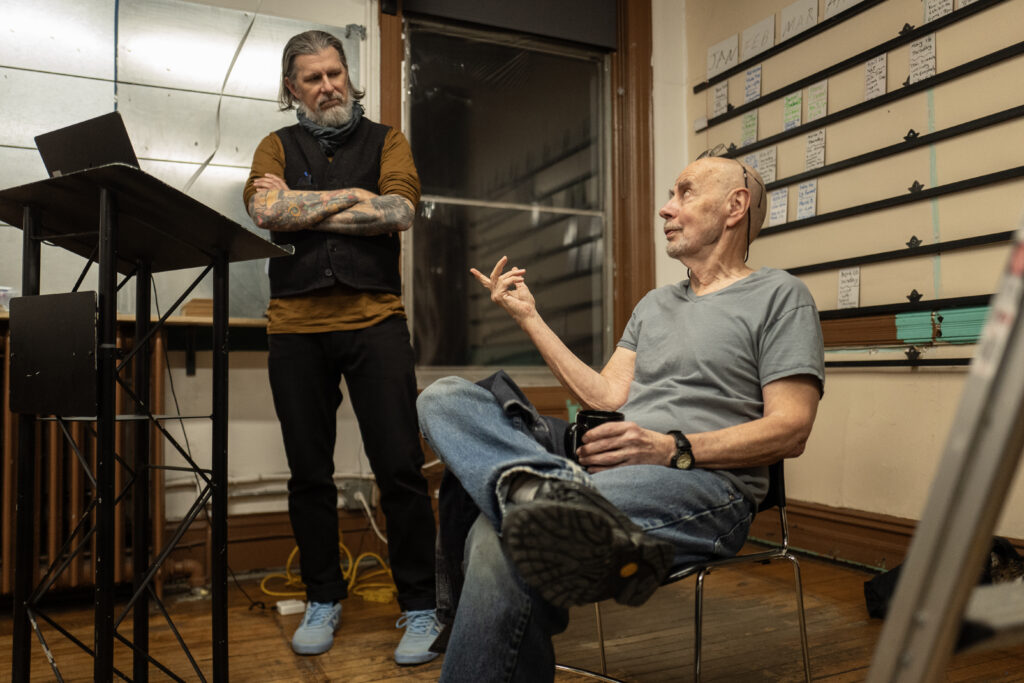
When faced with your extensive visual documentation of the war in Afghanistan, how did you determine which images would tell the story most effectively?
As I’m working, I am trying to put myself in interesting situations to make visually compelling images. It’s pretty rare that in the moment, with a camera in my hand, I make a frame and think, “Oh yeah, that really gets at the heart of what this war is all about.” The meaning comes in the editing process. First, I sit down and go through the thousands of images I’ve shot and find the strongest photos. From that selection I choose the ones that also convey something powerful—that go beyond just what they portray—and realize the things I was keying off of.
Every successful photograph balances two things: form and content. The photo itself has to depict an event or theme that has meaning, and also have enough visual power to deliver that meaning. Conversely, a really beautiful image that doesn’t say something is just decoration. So it’s a process of weighing both of those considerations with each picture. In the end the pictures aspire to a kind of metaphoric resonance—something bigger than what’s depicted in the frame. It’s this balance between the lyrical and the factual that makes photography so compelling, and that motivates me to keep going out and trying to make pictures. It’s really hard. But when it works, I believe still photography is our strongest tool for making meaning in the world.
Editing for the book is another matter altogether. I returned to my archive and reviewed every image I made in Afghanistan from 2009 to 2023—10 trips total. From there I made a new working edit, around a thousand images. Then, with the help of some great editors and photographers, we winnowed that down and made a kind of narrative scaffold of the book. The book communicates so differently from [a magazine]—the pictures are doing a different job. They aren’t communicating the urgency of now, they are talking to the ages.
Is there a photograph in your forthcoming book that maintains a special significance to you?
One that comes to mind is an image of a young girl named Noorzia being lifted into her wheelchair by her father Rahmatullah. She was just 12 years old, and had lost both of her legs to a mine planted by ISIS in Eastern Afghanistan. I took this photo in 2017, at a moment when the war had largely fallen from the headlines. I was there to produce a story about the rising numbers of civilian casualties as the U.S. pulled out and as the conflict increasingly took on the role of a civil war.
I remember how delicate and fragile and afraid she was, and how that was such a perfect encapsulation of what the war was doing to Afghans. It’s one of those pictures that gets closer to the marrow of life, of what is at stake that gets lost in the policy debates and hearings in Washington. Rahmatullah was intent on fighting for a better future for his daughter, and I feel like that comes through in the picture.
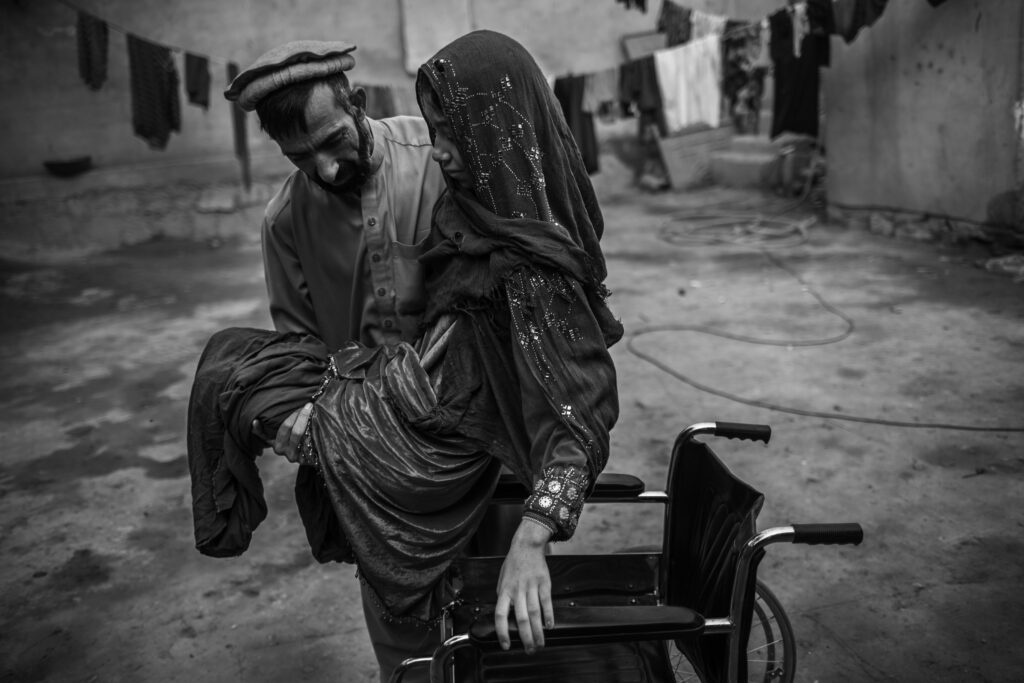
In an interview with PhotoWings, you said, “I don’t think that people owe us their attention to the photographs we produce.” Could you unpack that perspective and how it shapes your work?
People are busy. They come home from long hours at tough jobs, put dinner on the table, care for aging parents, and get their kids to school. Just because I did a story about a human rights abuse or a violent confrontation doesn’t mean they are automatically obligated to drop what they are doing and read it. I am trying to make pictures so compelling, so full of information and insight, and so emotionally moving, that they are worth giving up a few minutes to look at, and in that process help others understand people very different from themselves a little better. And through that process people also learn a little about themselves.
Like it or not, we live in an attention economy, and my stories don’t compete with other news outlets—I am competing with Netflix. I have to make stories good enough that it’s worth it to miss a few minutes of today’s hit show. They have to be better than a few minutes of scrolling TikTok.
You’ve said that you once heard someone say, “Photograph a riot like a wedding and photograph a wedding like a riot,” and that you try to take the same approach. What does this methodology reveal that a more conventional approach might miss?
Yeah, I figured out that’s a William Klein quote via Kim Komenich, the great San Francisco Chronicle photographer. I’ve always taken it to mean that it’s important to photograph with flexibility and insight, to try and step outside the confines of expected perspective and look at what you cover with new eyes. Both events, at (usually) opposite ends of the human experience, carry assumptions. Strong photography is ready to subvert those expectations and to reveal new layers of meaning.
If I only make the picture that you expect at a wedding, I am reinforcing the romanticized view we are familiar with. It’s the same thing at a riot. If I only run after images of violence or conflict and don’t look for moments of reflection or revelation, I am reinforcing the conventional perspective of the “news event.” By rejecting the assumptions inherent in both, I open up the possibility of transcending those assumptions to say something new and nuanced, something that challenges the reader and, hopefully, resonates deeper with them.
July 9, 2025
Photos provided courtesy of the Fellow.
